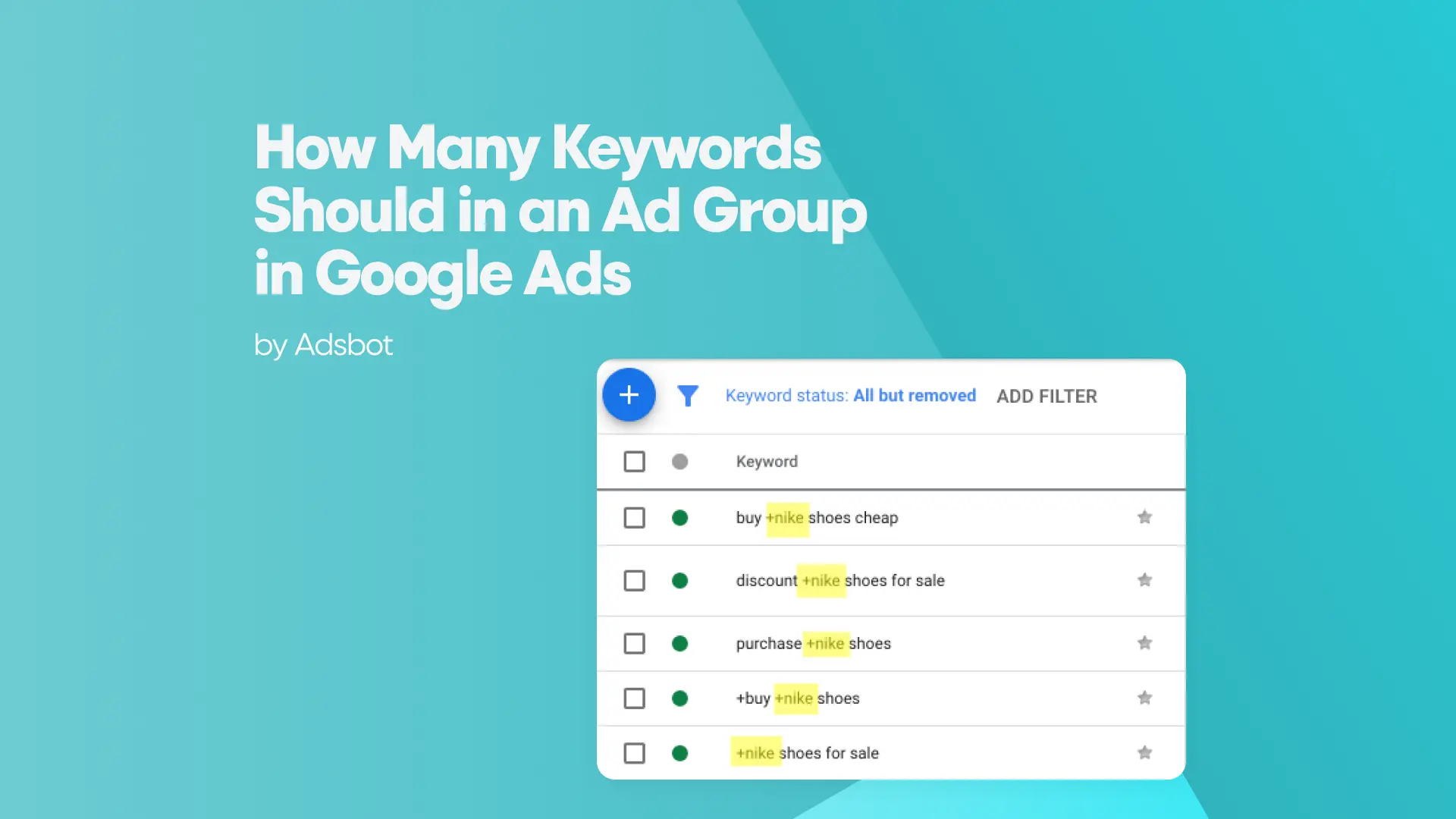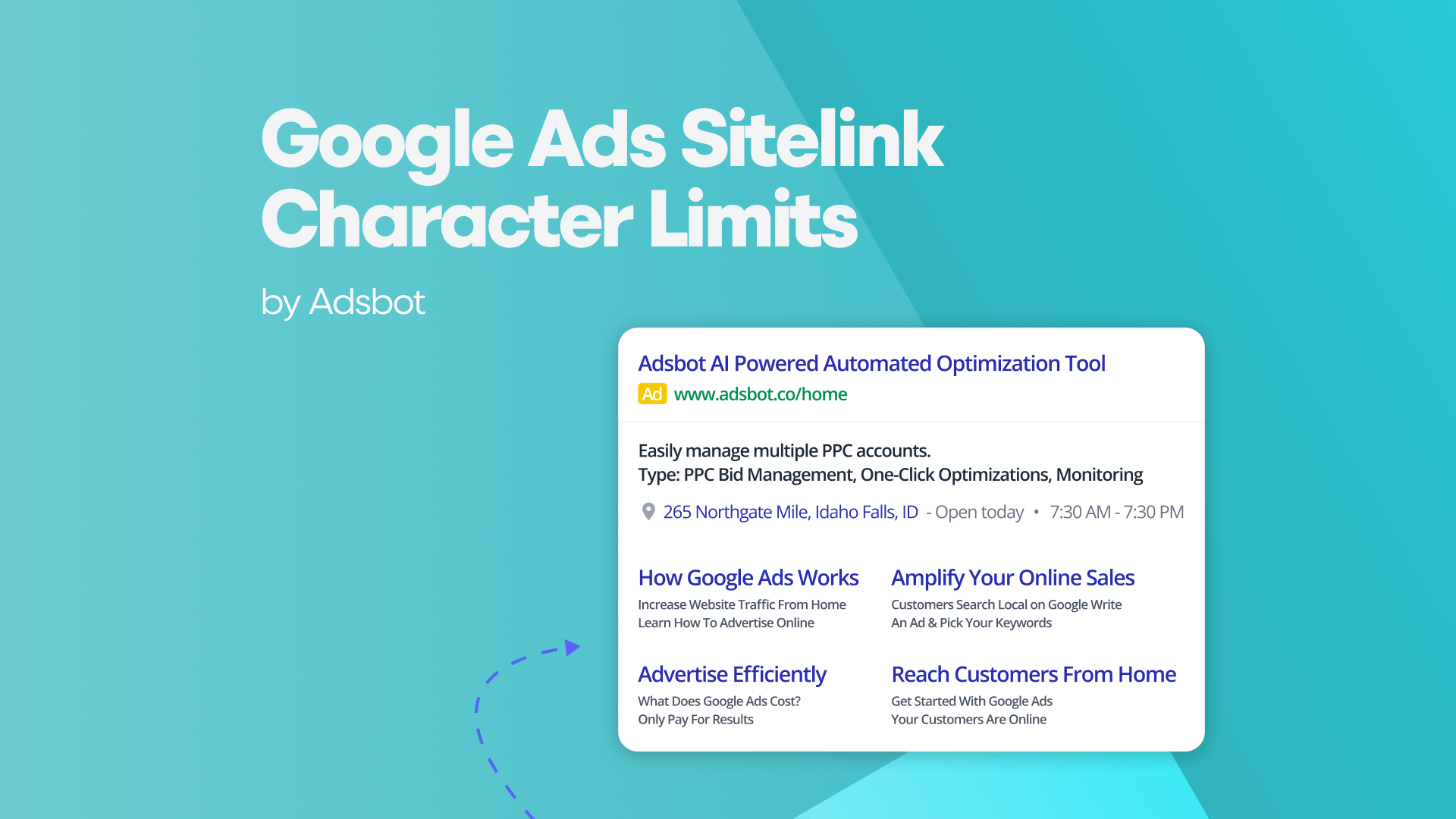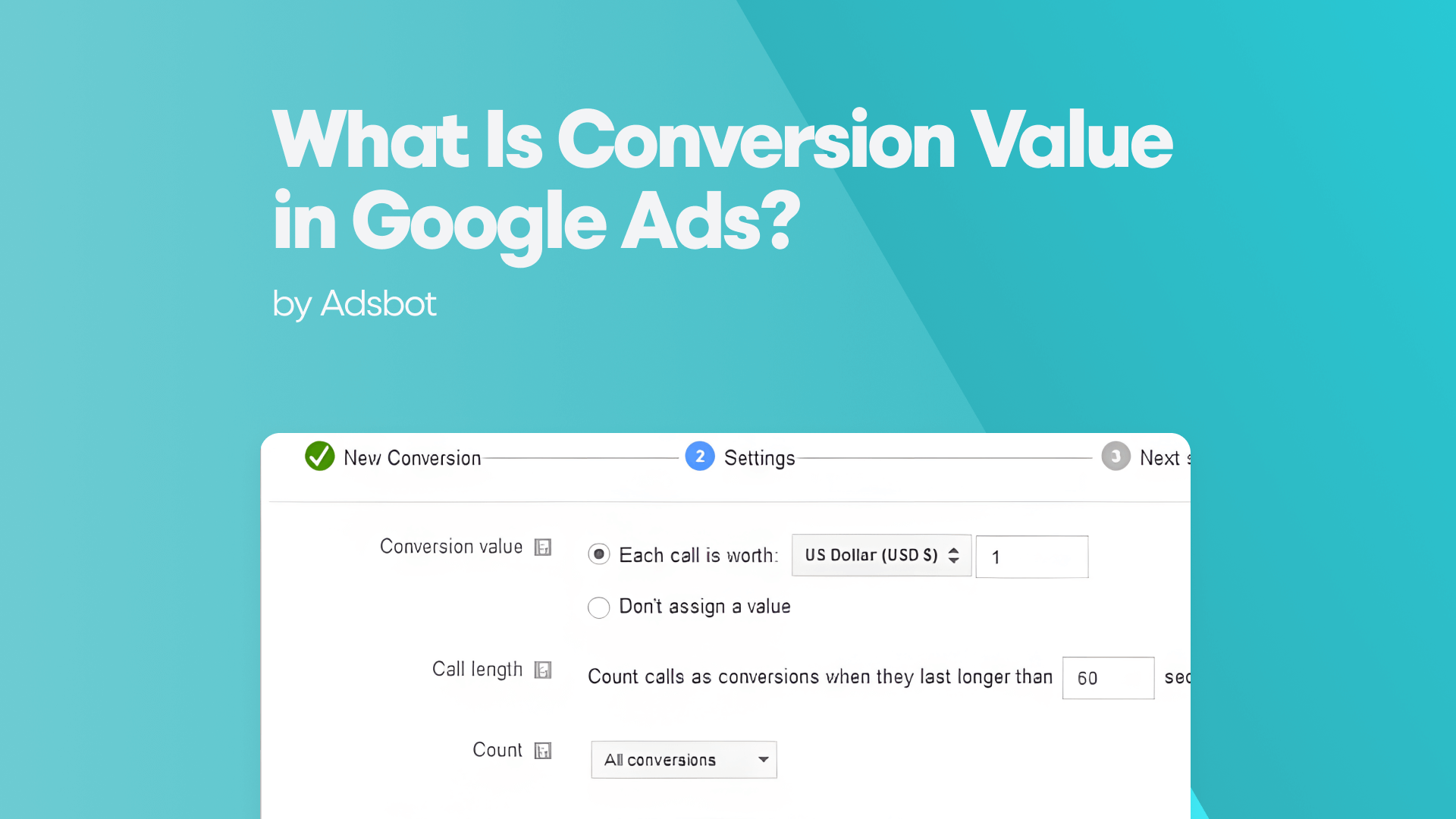Struggling to turn ad spend into real business value? You’re not alone. The thing is, simply driving clicks or conversions isn’t enough; you need to maximize the revenue or profit generated from every dollar spent. That’s where value-based smart bidding strategies come into play. These AI-powered bidding approaches don’t just optimize for volume; they prioritize high-value actions, ensuring your budget works harder to deliver measurable business growth.
But here’s the catch: not all value-based strategies are created equal. Whether you’re running e-commerce campaigns, lead generation funnels, or subscription-based models, choosing the right bidding strategy can mean the difference between wasting budget on low-value conversions and scaling profitably with precision. In this guide, we’ll break down the types of value-based smart bidding strategies, how they work, and when to deploy each one to supercharge your ROI.
By the end, you’ll have a clear, actionable roadmap to implement these strategies in your Google Ads, Microsoft Advertising, or other PPC campaigns, so you can stop guessing and start bidding smarter for real business impact.
What Is Value-Based Smart Bidding and Why It Matters
Value-based smart bidding is an advanced machine learning-driven approach that goes beyond traditional conversion optimization by focusing on the monetary value each conversion brings to your business. Unlike standard smart bidding, which may prioritize sheer conversion volume (e.g., form submissions or purchases), value-based bidding weights each conversion by its revenue or profit contribution, allowing algorithms to automatically adjust bids in real-time to maximize return on ad spend (ROAS) or total revenue.
This shift from quantity to quality is critical because not all conversions are equal. For example, a $500 enterprise SaaS signup is far more valuable than a $10 e-book download, yet many bidding strategies treat them the same. Value-based smart bidding solves this problem by leveraging historical conversion data, user behavior signals, and contextual factors (like device, location, or time of day) to predict which clicks are most likely to drive high-value actions. The result? Higher efficiency, better budget allocation, and ultimately, more profitable campaigns.
For businesses with variable conversion values, such as e-commerce stores with diverse product margins, lead gen companies with tiered customer lifetime values (LTV), or subscription services with different plan tiers, value-based bidding isn’t just an upgrade; it’s a game-changer. Without it, you risk overpaying for low-value conversions or missing out on high-intent buyers who could significantly boost your bottom line.
Overview of Common Value-Based Smart Bidding Strategies
The Maximize Conversion Value strategy is the cornerstone of value-based smart bidding, designed to automatically set bids to generate the highest possible total conversion value within your budget. This strategy is ideal for businesses that can assign a monetary value to each conversion (e.g., revenue per sale or profit per lead) and want to scale revenue efficiently without manual bid adjustments. Other key value-based smart bidding strategies include:
- Target Return on Ad Spend (tROAS): This strategy allows you to set a specific ROAS target (e.g., 400%), and the algorithm will optimize bids to meet or exceed that threshold. It’s perfect for businesses with clear profit margins that need to ensure ad spend directly contributes to profitability. Unlike Maximize Conversion Value, tROAS gives you more control over efficiency but may limit volume if the target is too aggressive.
- Maximize Conversion Value with a Portfolio Bid Strategy: For advertisers running multiple campaigns with shared goals, this approach pools data across campaigns to optimize for total value at the account level. It’s particularly useful for large-scale accounts where individual campaign performance might fluctuate, but the overall portfolio can deliver consistent results.
- Value-Based Smart Bidding for New Customer Acquisition: Some platforms (like Google Ads) allow you to prioritize bids for new customers by excluding past converters. This is invaluable for businesses focused on expanding their customer base rather than retargeting existing buyers, as it ensures the budget is allocated toward high-value first-time purchases.
- Enhanced Cost-Per-Action (eCPA) with Value Adjustments: While not purely value-based, this hybrid strategy lets you adjust bids based on conversion value tiers. For example, you might bid 20% more for conversions worth over $100 and reduce bids for lower-value actions. It’s a flexible option for advertisers who want some automation with manual oversight.
- Seasonal or Promotional Value-Based Bidding: During high-value periods (e.g., Black Friday or product launches), you can temporarily adjust value rules to prioritize short-term revenue spikes. This ensures your bidding strategy adapts to market demand without requiring constant manual tweaks.
Each of these strategies serves a unique business objective, from revenue growth to profit protection. The key to success lies in selecting the right strategy for your goals and ensuring your conversion tracking is accurately configured to pass value data to the bidding algorithm.
Maximize Conversion Value Strategy Explained
The Maximize Conversion Value strategy is the most straightforward yet powerful value-based smart bidding option, designed to automatically allocate your budget toward the highest-revenue conversions. Unlike traditional “Maximize Conversions,” which treats all conversions equally, this strategy uses historical conversion value data to predict which clicks are most likely to drive high-revenue actions, whether that’s a premium product purchase, a high-ticket service signup, or a lead with strong lifetime value potential.
Here’s how it works: The algorithm analyzes past conversion values (e.g., $50 for Product A, $200 for Product B) and identifies patterns in user behavior, such as which keywords, devices, or audiences correlate with higher-value conversions. It then dynamically adjusts bids in real-time auctions to prioritize opportunities that align with your revenue goals. For example, if data shows that mobile users on weekends tend to make larger purchases, the system will increase bids for those segments while reducing spend on lower-value traffic.
One of the biggest advantages of this strategy is its simplicity. You don’t need to set manual targets like with tROAS. Instead, the system automatically scales toward maximum revenue, making it ideal for businesses with fluctuating conversion values or those testing value-based bidding for the first time. However, it’s crucial to ensure your conversion tracking is flawless, as inaccurate value data (e.g., missing revenue tags or misattributed sales) can lead to suboptimal bidding decisions. For best results, combine this strategy with audience exclusions (e.g., filtering out past buyers if you’re focused on new customer acquisition) and seasonal adjustments to align with promotions or inventory changes.
Benefits of Implementing Value-Based Smart Bidding in Campaigns
The most transformative benefit of value-based smart bidding is its ability to shift your advertising focus from vanity metrics to real business outcomes, ensuring every dollar spent directly contributes to revenue growth or profit margins. By prioritizing high-value conversions, these strategies eliminate wasteful spend on low-intent clicks and automatically reallocate budget toward the most lucrative opportunities, often delivering a 20–50% increase in ROAS for businesses that implement them correctly. Other key advantages include:
- Precision Budget Allocation: Unlike manual bidding or even standard smart bidding, value-based strategies dynamically adjust bids at the auction level based on predicted conversion value. This means you’re not overpaying for cheap conversions or underspending on high-potential traffic, leading to more efficient ad spend across all campaigns.
- Scalability Without Micromanagement: With machine learning handling bid adjustments, you can scale campaigns across multiple channels or regions without constantly tweaking bids. This is especially valuable for e-commerce businesses with large catalogs or service providers with variable lead values, as the system adapts to changing market conditions in real time.
- Better Alignment with Business Goals: Whether your priority is revenue growth, profit margins, or customer acquisition cost (CAC) efficiency, value-based bidding allows you to customize optimization rules to match your KPIs. For example, a subscription business might prioritize high-LTV signups, while a retailer could focus on average order value (AOV) maximization.
- Competitive Advantage in Auctions: Since value-based bids are data-driven and predictive, they often outperform competitors relying on static bids or basic conversion optimization. This can lead to higher ad rankings for high-intent queries and lower costs for valuable conversions over time.
- Seamless Integration with First-Party Data: By feeding CRM data, offline conversion values, or customer lifetime value (CLV) metrics into your bidding strategy, you can further refine optimization beyond just immediate revenue. For instance, a B2B company might assign higher values to leads that historically convert into long-term contracts, ensuring bids reflect true business impact.
- Adaptability to Market Changes: Value-based smart bidding continuously learns from new data, so it can quickly adjust to trends like seasonal demand spikes, economic shifts, or changes in consumer behavior. This agility is critical for maintaining performance in volatile industries like travel, retail, or finance.
The cumulative effect of these benefits is not just incremental improvements but a fundamental shift in how your advertising drives growth. Businesses that adopt value-based bidding often see higher customer quality, reduced wasted spend, and a clearer path to scaling profitably, making it a must-have tool for data-driven marketers.
When to Use Each Type of Value-Based Smart Bidding Strategy
Choosing the right value-based smart bidding strategy depends on your business model, data maturity, and campaign objectives. The Maximize Conversion Value strategy is the best starting point for most advertisers, particularly those with variable conversion values (e.g., e-commerce stores, lead gen businesses, or SaaS companies with multiple pricing tiers). It’s ideal when your primary goal is revenue growth and you have sufficient conversion data (at least 30–50 conversions per month) to train the algorithm effectively. This strategy also works well for seasonal promotions or new product launches, where historical value data can guide bidding toward high-impact opportunities.
For businesses with strict profit margins or ROAS targets, the Target ROAS (tROAS) strategy is the better choice, as it enforces efficiency constraints while still optimizing for value. However, tROAS requires precise value tracking and a realistic target. Setting an overly aggressive ROAS goal can restrict volume and limit growth. It’s most effective for mature accounts with stable conversion rates and clear profitability benchmarks. Meanwhile, portfolio bidding strategies should be used when managing multiple campaigns with shared goals, such as a retailer running separate campaigns for different product categories but wanting to maximize overall revenue. This approach pools data across campaigns, leading to more stable performance and better budget allocation at the account level.
If your priority is new customer acquisition, use a value-based strategy with audience exclusions to filter out past buyers and focus bids on first-time high-value conversions. This is especially useful for subscription businesses, membership sites, or brands with high customer lifetime value (CLV). Finally, hybrid strategies (like eCPA with value adjustments) are best for advertisers who want some automation with manual control, such as bidding more aggressively for premium products while reducing spend on lower-margin items. The key is to align your strategy with your conversion data quality, business goals, and risk tolerance, and to continuously test and refine performance. For those looking to streamline this process, platforms like Adsbot offer powerful AI-driven optimization and reporting dashboards that can help you monitor and adapt your value-based strategies with greater precision.
Popular Posts
-
How Many Keywords Should Be In an Ad Group in Google Ads?
Ever wondered if your Google Ads campaigns are packed with…
Read more -
Google Ads Script for Dummies: An Introduction
Imagine you have an e-commerce website that sells licensed superhero…
Read more -
Google Ads Sitelink Character Limits
Your Google Ads are cutting off in the middle of…
Read more -
What Is Conversion Value in Google Ads?
What if you could put a price tag on every…
Read more
Register for our Free 14-day Trial now!
No credit card required, cancel anytime.





